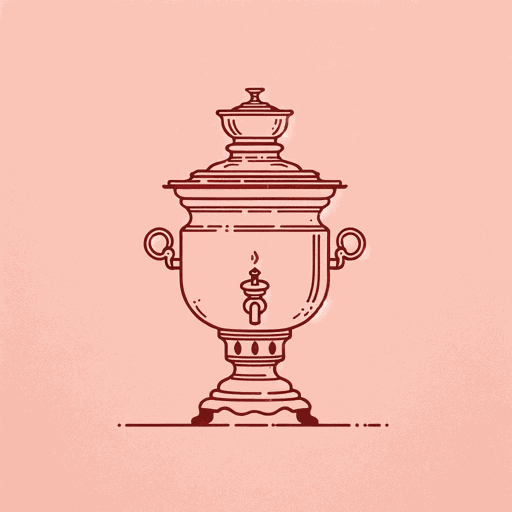40 pages • 1 hour read
Fyodor DostoevskyThe Gambler
Fiction | Novel | Adult | Published in 1866A modern alternative to SparkNotes and CliffsNotes, SuperSummary offers high-quality Study Guides with detailed chapter summaries and analysis of major themes, characters, and more.
Themes
The Genesis and Consequences of Gambling Addiction
When Alexey enters the gaming rooms in Roulettenburg for the first time, he says that, contrary to the claims of Russian newspapers that talk about their “splendour” (134), “there’s absolutely no magnificence to be found in these rubbishy rooms” (134). Not only are there no “piles of gold on the tables” (134), as the papers suggest, but the whole affair seems, “sordid and dirty” (134). People crowd around the tables, anxiously watching a ball spin around a wheel and stealing from each other at the slightest chance. They scream and shout and become upset or elated at the mere call of numbers, all of which raises the question as to why the activity is so popular. Even more troubling, these observations raise the question of how large numbers of people, including intelligent ones like Alexey, can become addicted to such an apparently arbitrary pastime.
The Gambler manages to show how this is possible. Drawing on Fyodor Dostoyevsky’s own experience with gambling, the novel traces how one can become drawn into a dangerous and often inescapable addictive cycle. The first thing to note is that money itself is not the root of the problem. While the need or desire for money may be what pushes someone to gamble in the first place, its practical value is rarely the primary thing that keeps people coming back.
Related Titles
By Fyodor Dostoevsky

Crime and Punishment
Fyodor Dostoevsky

Notes from Underground
Fyodor Dostoevsky

Poor Folk
Fyodor Dostoevsky

The Brothers Karamazov
Fyodor Dostoevsky

The Devils (The Possessed)
Fyodor Dostoevsky

The Dream of a Ridiculous Man
Fyodor Dostoevsky

The Grand Inquisitor
Fyodor Dostoevsky

The Idiot
Fyodor Dostoevsky

